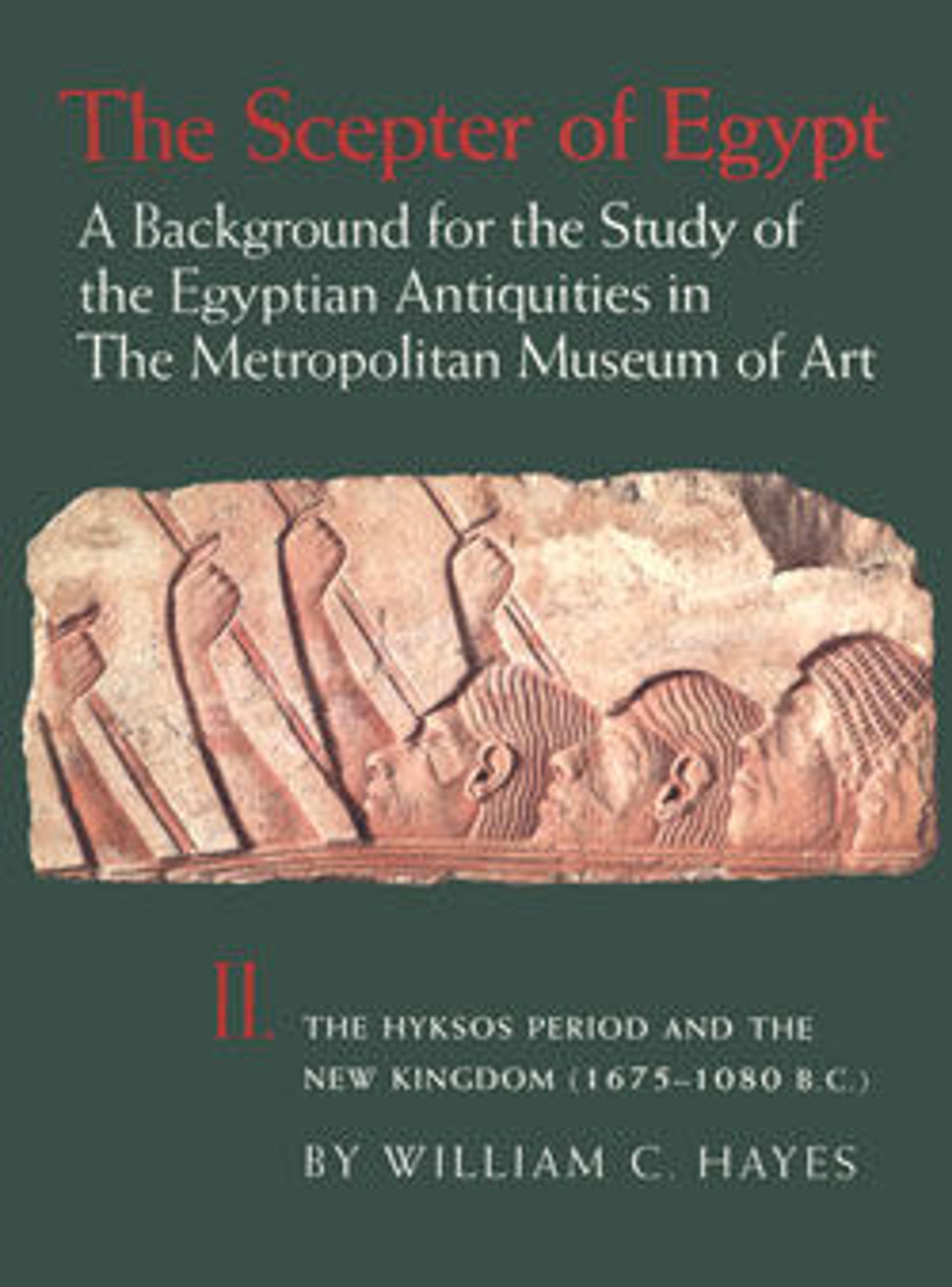Shebiu Necklace of Amenhotep
This necklace of lentil-shaped beads was found on top of the coffin of a twelve-year-old boy named Amenhotep (36.3.153). The necklace and two armlets found in Amenhotep's coffin (36.3.155, 36.3.156) are made of Egyptian faience, a ceramic material made of quartz frit. These pieces of jewelry are sized for an adult, and may have been a gift from the child's father.
Gold necklaces of lentoid beads (shebiu-collars) and arm bands (a'a-armlets) were part of the honor jewelry presented by the king to important officials other highly valued individuals. Combinations of gold and blue armlets are depicted in tomb paintings (see the detail of facsimile 30.4 106 above), and it is possible that the faience versions of the gold jewelry were part of the sets, not just imitations.
Gold necklaces of lentoid beads (shebiu-collars) and arm bands (a'a-armlets) were part of the honor jewelry presented by the king to important officials other highly valued individuals. Combinations of gold and blue armlets are depicted in tomb paintings (see the detail of facsimile 30.4 106 above), and it is possible that the faience versions of the gold jewelry were part of the sets, not just imitations.
Artwork Details
- Title:Shebiu Necklace of Amenhotep
- Period:New Kingdom
- Dynasty:Dynasty 18
- Reign:Joint reign of Hatshepsut and Thutmose III
- Date:ca. 1479–1458 B.C.
- Geography:From Egypt, Upper Egypt, Thebes, Sheikh Abd el-Qurna, below the Tomb of Senenmut (TT 71), Burial of Amenhotep, on coffin lid, MMA excavations, 1935–36
- Medium:Faience, linen cord
- Dimensions:L. of necklace with cord 63 cm (24 13/16 in.); Diam. of beads 1.35 cm (9/16 in.); Th. of beads 0.3 cm (1/8 in.)
- Credit Line:Rogers Fund, 1936
- Object Number:36.3.154
- Curatorial Department: Egyptian Art
More Artwork
Research Resources
The Met provides unparalleled resources for research and welcomes an international community of students and scholars. The Met's Open Access API is where creators and researchers can connect to the The Met collection. Open Access data and public domain images are available for unrestricted commercial and noncommercial use without permission or fee.
To request images under copyright and other restrictions, please use this Image Request form.
Feedback
We continue to research and examine historical and cultural context for objects in The Met collection. If you have comments or questions about this object record, please contact us using the form below. The Museum looks forward to receiving your comments.
